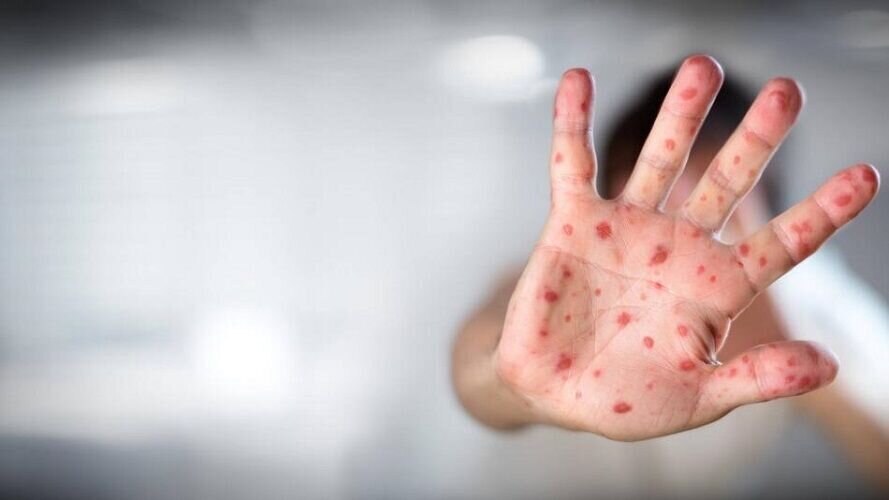Iran reports first case of monkeypox

TEHRAN – Iran has announced its first case of the monkeypox virus, detected in a woman, health ministry spokesman Pedram Pakaeen said on Tuesday.
A 34-year-old woman who is living in the southwestern city of Ahvaz has been diagnosed with monkeypox, IRNA reported.
Pakaeen explained that the woman has been quarantined after being tested positive and is at her home during the recovery period.
However, the official stressed that the disease is not highly contagious and fatal.
The virus is transmitted from one person to another by close contact with lesions, body fluids, respiratory droplets, and contaminated materials.
Those who have injected the smallpox vaccine will be immune against monkeypox to a great extent, Pakaeen noted.
Since May 13, cases of monkeypox have been reported to the World Health Organization from 12 Member States that are not endemic to the monkeypox virus.
In May, Pakaeen said the Ministry of Health was examining suspects to identify possible monkeypox infection. Also, a guideline has been prepared for the prevention and treatment of this disease, which will be provided to universities.
Due to its low transmission pace, it is less likely to cause an epidemic and is not worrisome, he stated.
Monkeypox is a viral zoonosis (a virus transmitted to humans from animals) with symptoms very similar to those seen in the past in smallpox patients, although it is clinically less severe. It is caused by the monkeypox virus which belongs to the orthopoxvirus genus of the Poxviridae family.
The virus is transmitted from one person to another by close contact with lesions, body fluids, respiratory droplets, and contaminated materials such as bedding. The incubation period of monkeypox is usually from 6 to 13 days but can range from 5 to 21 days.
Monkeypox is usually self-limiting but may be severe in some individuals, such as children, pregnant women, or persons with immune suppression due to other health conditions. Human infections in the West African clade appear to cause less severe disease compared to the Congo Basin clade, with a case fatality rate of 3.6% compared to 10.6% for the Congo Basin clade.
MG
